Of the 11 NBA arenas still standing for at least 21 years, there are two that will soon make way for brand, new shiny venues: The Oracle Arena in Oakland, home of the Golden State Warriors, and the Bradley Center in Milwaukee, home of the Bucks.
Moda Center in Portland, Oregon: October 12, 1995
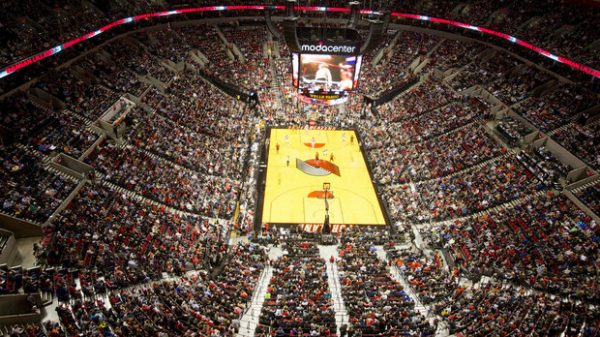
Known as the Rose Garden from 1995 to 2013, it’s been the home of the Portland Trail Blazers since replacing Memorial Coliseum, and is owned by team owner, Paul Allen. Its capacity was once over 21,000, but since has shrunk to 19,441. An exclusive site agreement with the City of Portland requires the team to remain in Portland through 2023.
TD Garden in Boston, Massachusetts: September 30, 1995
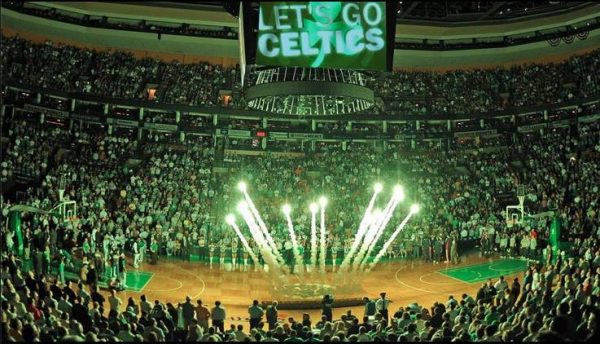
The TD Garden replaced the Boston Garden as the home of the Boston Celtics. The plans for a new arena went back as far as 1985, when arena owner Delaware North was awarded the rights to construct a new arena by the Boston Redevelopment Authority and Mayor Raymond Flynn. However, poor economic conditions delayed the project. With a capacity of 18,624, it’s currently on its third name, following the FleetCenter and TD Banknorth Garden. The Boston Bruins also use the arena, and it has hosted the Frozen Four three times.
Quickens Loans Arena in Cleveland, Ohio: October 17, 1994
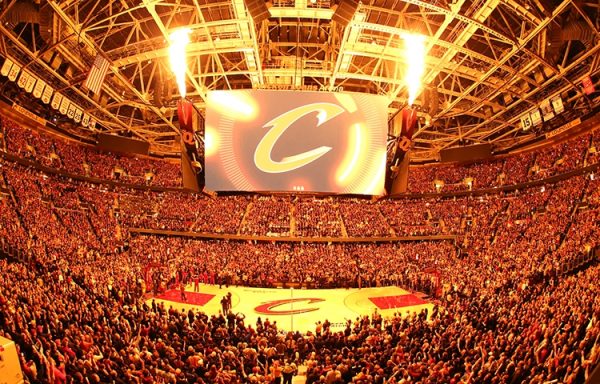
Home of the Cleveland Cavaliers, the Lake Erie Monsters and the Cleveland Gladiators, it was named Gund Arena until 2005, named for former Cavaliers owner Gordon Gund, after he paid for the naming rights. The Q has a capacity of 20,562, and it replaced Richfield Coliseum, the Cavs home from 1974 until Quickens Loans Arena opened. It was demolished in 1999.
United Center in Chicago, Illinois: August 18, 1994
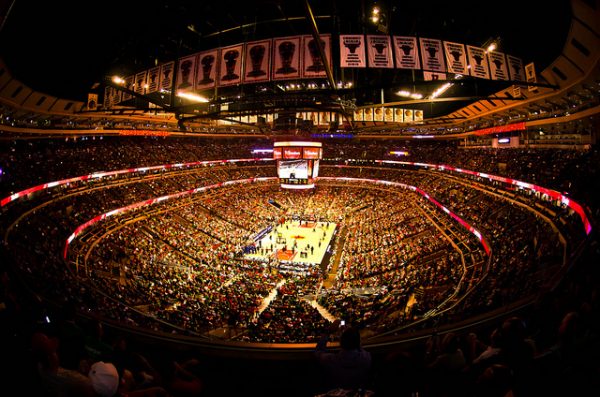
Home of both the Chicago Bulls and Blackhawks, the United Center replaced the original “Madhouse on Madison”, and is named after its city-based corporate sponsor, United Airlines. The ownership is shared between the basketball and hockey teams (different owners) and it has a capacity of 20,917, but up to 23,129 with standing room for basketball games. Due to the 1994–95 NHL lockout, the Blackhawks did not move in until January 1995.
Talking Stick Resort Arena in Phoenix, Arizona
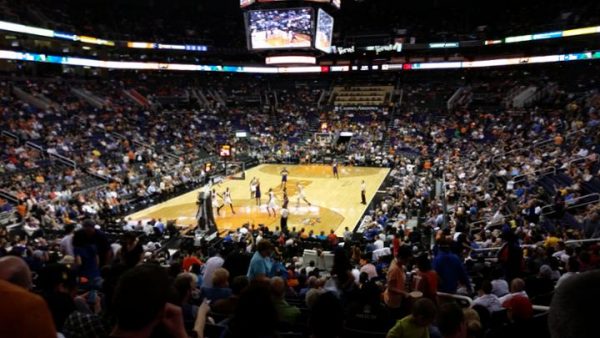
For once, the Phoenix Suns basketball arena isn’t named after an airline, with US Airways owning the naming rights, and before that America West. The Arizona Coyotes, known as the Phoenix Coyotes until they moved to Glendale, played in the arena until 2003. It has a seating capacity of 18,055.
Vivint Smart Home Arena in Salt Lake City, Utah: October 4, 1991
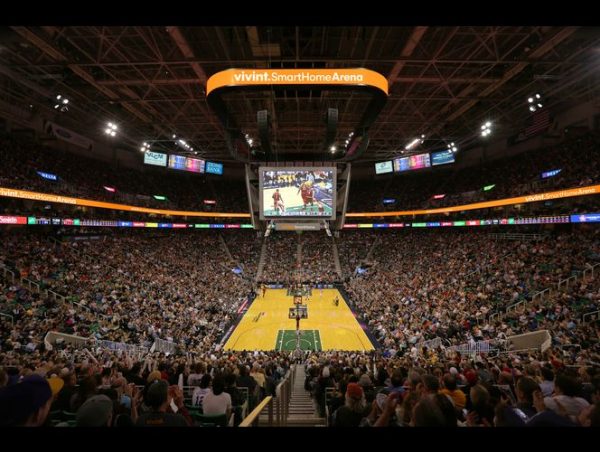
Another arena on its third name. Home of the Utah Jazz, it was known as the Delta Center for 25 years, and then the EnergySolutions Arena until last year. Besides being the current home of the Jazz, with a capacity of 19,911, it was also part of the Winter Olympics in 2002, when figure skating and short track speed skating competitions were held there. The court is named after former owner Larry Miller.
Target Center in Minneapolis, Minnesota: October 13, 1990
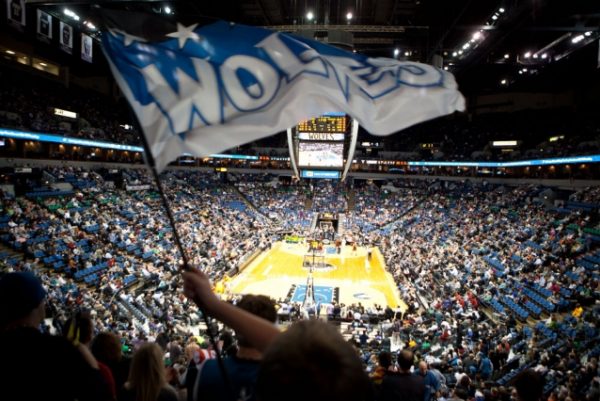
Home of the Timberwolves since 1990, a team that made its NBA debut a year earlier. They played their first year in the league in the Metrodome, which helped them draw over 49,000 fans to their final home game before moving to the Target Center. It was once one of three NBA arenas with parquet floors, but that was replaced in 2008. It has a capacity of 19,356.
The Palace of Auburn Hills in Auburn Hills, Michigan: August 13, 1988
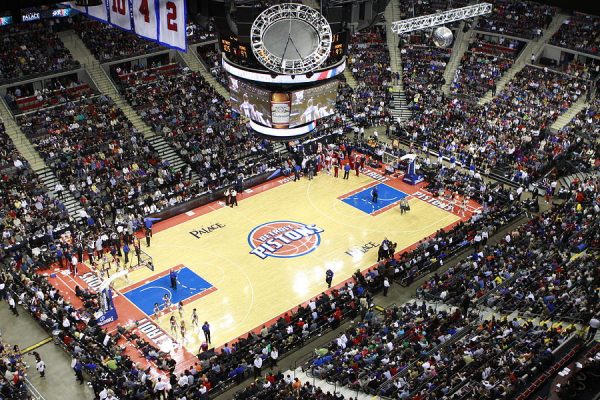
Often referred to simply as The Palace, it’s the home of the Detroit Pistons through their three championships. The Pistons originally played (until 1978) in the Olympia Stadium and Cobo Arena. Then, owner Bill Davidson decided on not sharing the new Joe Louis Arena with the Detroit Red Wings, so he relocated the team to the Pontiac Silverdome, a stadium designed for football games. The Pistons stayed there for a decade, until moving to Auburn Hills, with the arena owned by team owner, Tom Gores, who bought it from the Davidson family in 2011. It has a capacity of 19,971.
BMO Harris Bradley Center in Milwaukee, Wisconsin: October 1, 1988
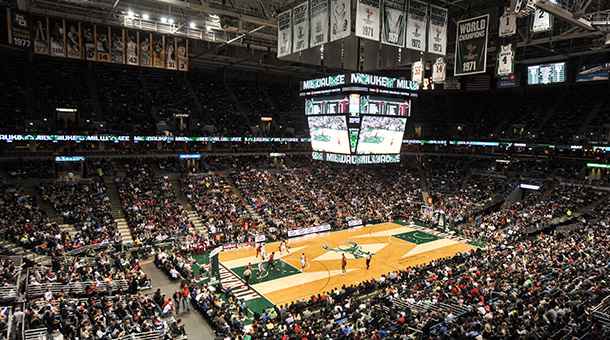
Home of the Milwaukee Bucks, the arena actually opened with an exhibition game between the Chicago Blackhawks and Edmonton Oilers. It replaced the MECCA, now named UW-Milwaukee Panther Arena, which has been around since 1950. The Bradley Center has a capacity of 18,717. In 2018, the new Bucks Arena should be completed, and it’ll also be the home of the Marquette Golden Eagles.
Madison Square Garden in New York City, New York: February 11, 1968
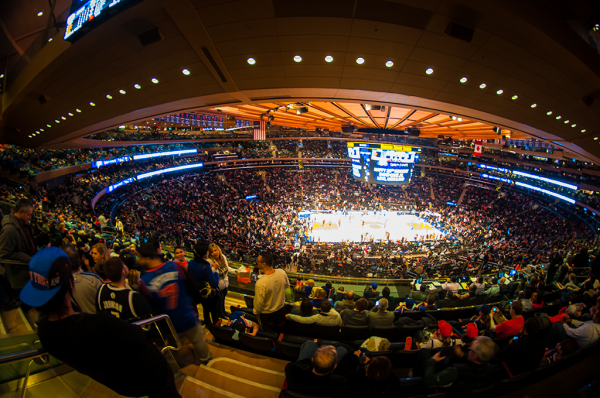
Home of the New York Knicks, and one of the most famous sporting venues in the world, it is the oldest and most active major sporting facility in the New York metropolitan area. The New York Rangers also play in it, making it the oldest NHL arena as well. The MSG was moved around quite a bit, and it’s actually the fourth Garden, with previous ones being built in 1879, 1890 and 1925, until the current one broke ground, located in Midtown Manhattan between 7th and 8th Avenues from 31st to 33rd Streets. It has a capacity of 19,812, and underwent massive renovations from 2011 to 2013, resulting in a completely new arena bowl and concourses within the original structure.
Oracle Arena in Oakland, California: November 9, 1966
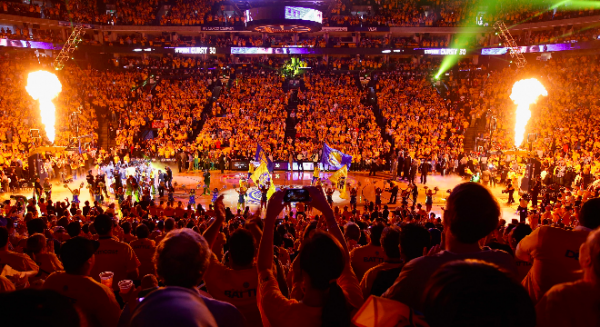
Home of the Golden State Warriors, the Oracle will host them for the final time during the 2018-2019 season. Then, the Warriors will move back to San Francisco, and settle in the Chase Arena, which will break ground sometime in 2017. Oracle Arena can seat up to 19,596, growing from its original capacity of 13,502, but the massive bump, of over 4000 seats, came in 1997. Its previous names include Oakland-Alameda County Coliseum Arena, The Arena in Oakland and Oakland Arena.
